Embrace Wabi Sabi Interior: Find Beauty in Imperfection
In today’s fast-paced world, Wabi Sabi offers a refreshing change. It teaches us to find peace and beauty in imperfections. This philosophy of interior design shows us how to love the unique and imperfect parts of our homes.
Wabi Sabi shows us the beauty of natural materials and simple designs. It teaches us to let nature be the focus. In this article, we’ll explore how to bring Wabi Sabi into our homes. We’ll learn to make our spaces peaceful and full of imperfect beauty.
Key Takeaways
- Embrace the beauty of imperfection with Wabi Sabi interior design
- Incorporate natural materials, rustic charm, and minimalist aesthetics for a serene living space
- Learn to celebrate the aged patina and organic textures that define Wabi Sabi style
- Discover how to create a tranquil ambiance through earthy tones and zen-inspired decor
- Embrace the Wabi Sabi lifestyle and find solace in the imperfect beauty that surrounds us
What is Wabi Sabi Interior Design?
Wabi Sabi is a Japanese way of seeing beauty in things that are imperfect and changing. It’s about loving the natural look of things that age over time. In interior design, it means using natural materials and simple shapes. It also means valuing the unique look of organic textures and earthy colors.
Exploring the Japanese Philosophy of Imperfect Beauty
Wabi Sabi loves the beauty of things that are not perfect. It teaches us to see beauty in things that are not symmetrical or new. It’s about the beauty that comes from being made by hand and from the signs of time passing.
Embracing the Art of Simplicity and Naturalness
Wabi Sabi design is all about keeping things simple and natural. It uses materials like rustic wood and stone. These materials make a space calm and peaceful, perfect for thinking and relaxing.
By following Wabi Sabi, people can make spaces that celebrate the beauty of being imperfect. It helps us find peace and connect with nature. This way of decorating is a nice change from always aiming for perfection, showing us that beauty can be found in the simple things.
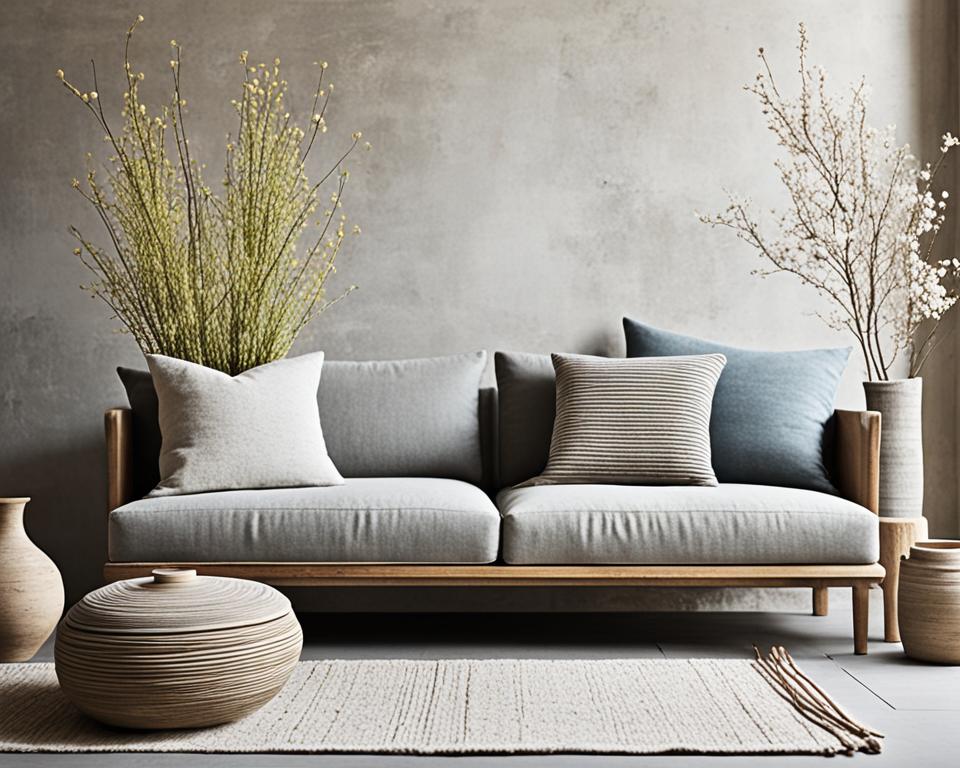
Wabi Sabi Interior: Celebrating Imperfection
Wabi sabi interior design celebrates the imperfect and the fleeting. It doesn’t aim for perfect beauty. Instead, it values the natural aging process and the unique traits of materials like wood, stone, and ceramics. This creates a space filled with warmth, authenticity, and rustic charm.
At its core, wabi sabi loves the beauty in imperfections that come with time. You see this in the weathered look of an old wooden beam, the unique patterns in natural stone, or the subtle quirks in handmade pottery. These “flaws” are not hidden or fixed. They’re the heart of the material’s character and charm.
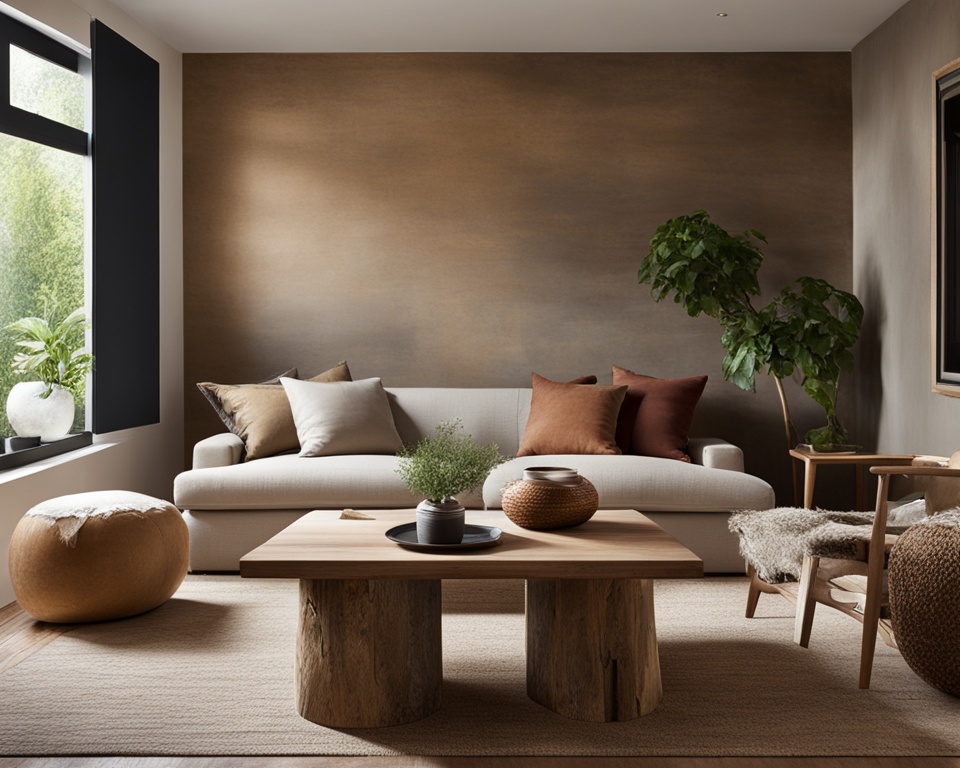
Following this philosophy, wabi sabi interiors often have rustic decor with an aged look, organic textures, and a simple style. The focus is on simplicity, natural materials, and celebrating imperfect beauty. This lets each element’s unique qualities stand out, making a peaceful living space.
By bringing wabi sabi into your home, you create a calm and mindful space. It’s a way to appreciate the beauty in the imperfect and find peace in the changing nature of things.
Natural Materials: The Essence of Wabi Sabi
Wabi Sabi interior design values natural materials for their imperfections. It uses the beauty of rough wood and unique stone patterns. These elements add warmth, authenticity, and a rustic feel to a space.
Incorporating Wood, Stone, and Organic Textures
Wabi Sabi loves the flaws in natural materials. It uses rough wooden beams, weathered furniture, and rough stone. These items create a cozy, earthy feel that connects us to nature.
- Embrace the unique grain patterns and knots in reclaimed or salvaged wood.
- Incorporate natural stone, such as river rocks or unfinished slate, for an organic touch.
- Introduce organic textures through woven baskets, linen fabrics, and handcrafted ceramics.
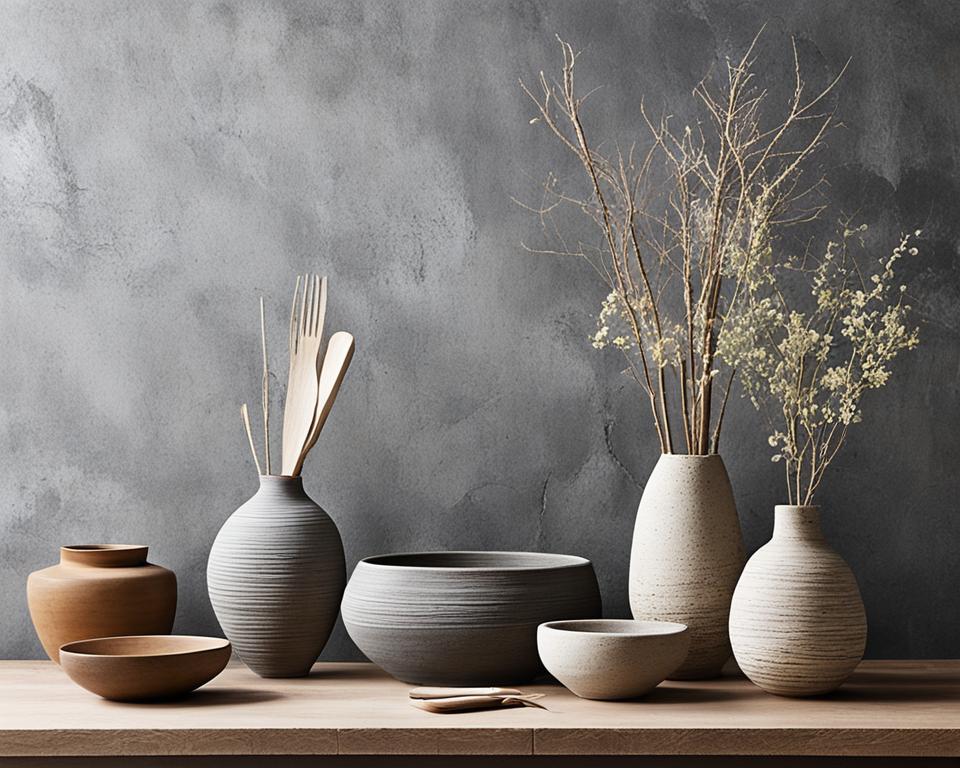
Wabi Sabi design celebrates imperfections and nature. Using raw, earthy materials makes a space peaceful, real, and connected to nature.
Rustic Decor: Embracing the Aged Patina
Wabi sabi interior design loves the beauty of imperfection. It uses rustic decor to create a warm, inviting space. This style celebrates furniture and accessories that show the signs of aging.
Distressed wood furniture, weathered metal accents, and textiles with a worn look are key. They add visual interest and make a space feel cozy and timeless. This reflects the wabi sabi philosophy.
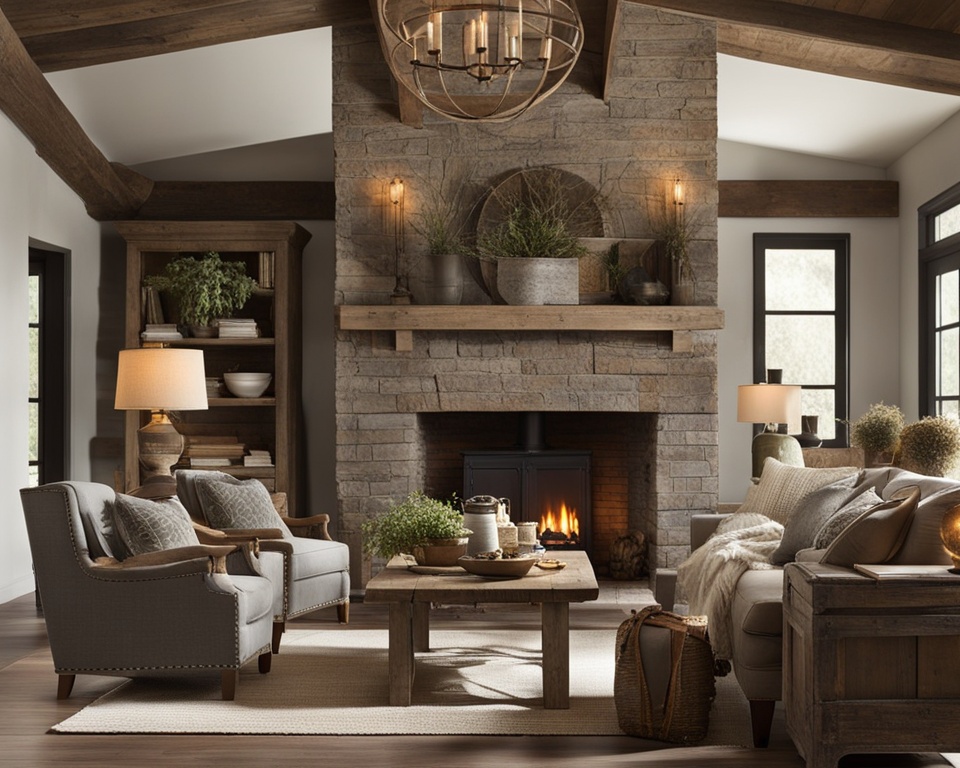
Adding organic textures like natural fibers and rough materials makes the space better. These elements work well with the earthy tones of rustic decor. They create a space that is both beautiful and harmonious.
Using rustic decor with an aged patina brings authenticity and character to a home. It follows the wabi sabi principles of embracing imperfection and natural beauty.
Minimalist Design: Finding Beauty in Simplicity
In the world of wabi sabi interior design, minimalism is key to finding beauty in simplicity. It lets you create a peaceful space that reflects the zen of this Japanese philosophy.
Decluttering and Creating a Tranquil Ambiance
Decluttering is the core of wabi sabi interior design. By getting rid of things you don’t need, you make room for what’s truly important. This not only clears your space but also highlights the beauty of the materials and textures, making your space calm and peaceful.
For a wabi sabi look, go for a minimalist style with clean lines and natural colors. This style helps you stay in the moment, creating a peaceful space that follows zen principles.
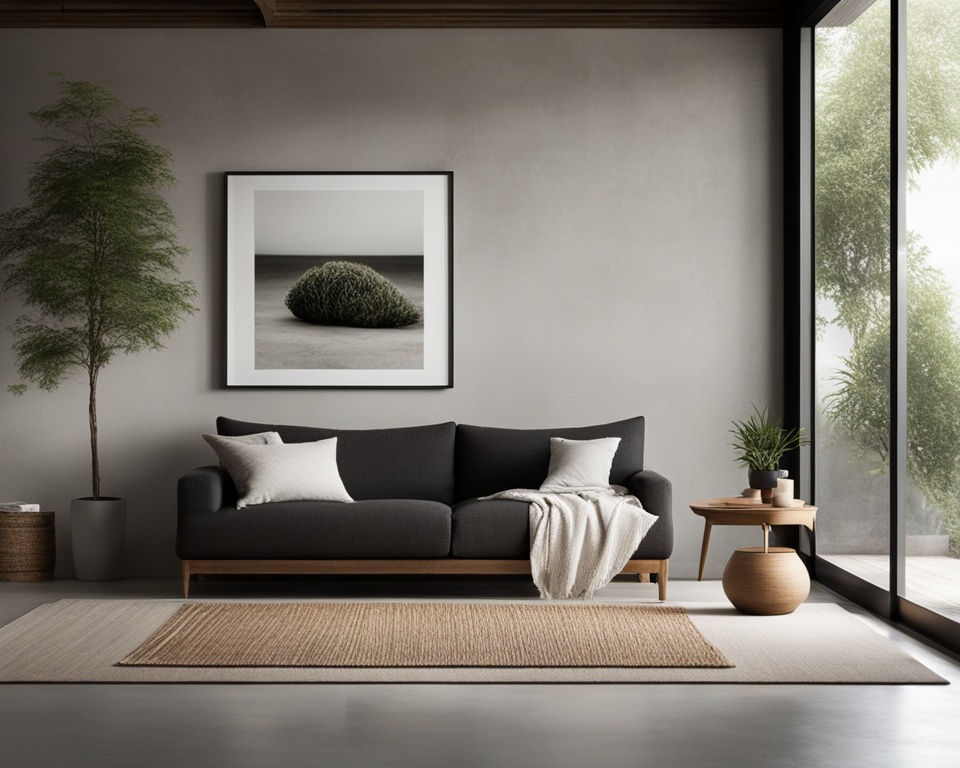
By following wabi sabi’s minimalist approach, you can make your home a peaceful and simple place. Declutter, choose carefully, and let the beauty of materials and textures shine. This creates a calm space that feeds your senses and soul.
Earthy Tones: Harmonizing with Nature
In wabi sabi interior design, earthy tones are key. These colors come from nature and make spaces calm and grounding. They show the beauty of simplicity and being natural.
Using earthy tones is important in wabi sabi design. These colors match well with organic textures and natural materials. They help create a peaceful space that values nature’s imperfections.
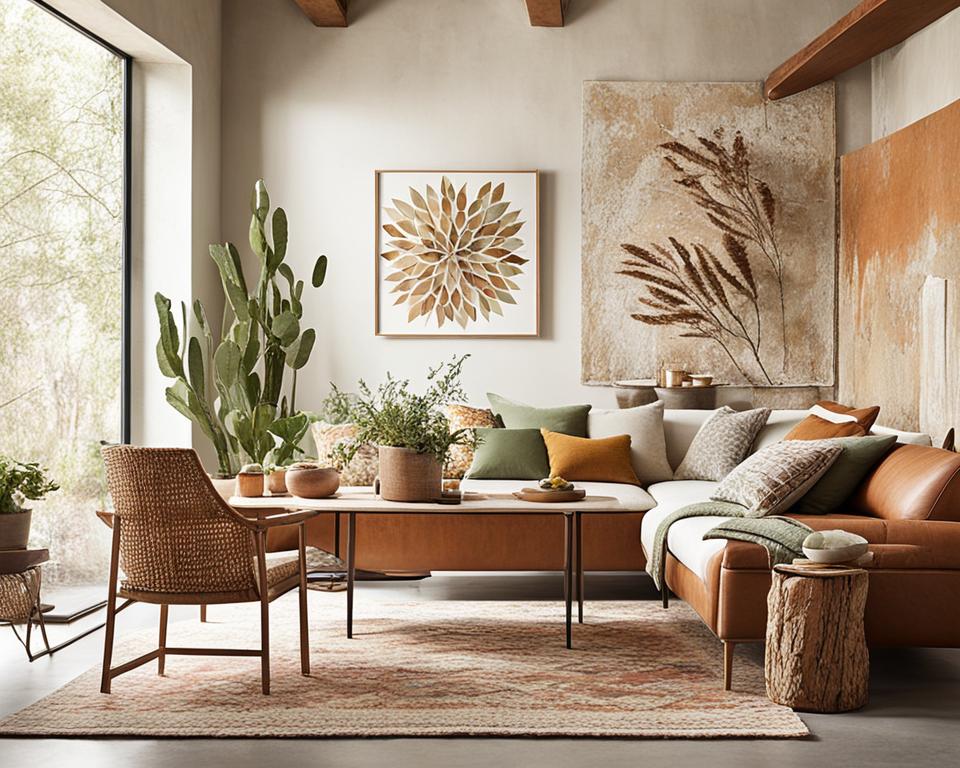
Wabi sabi interiors often go for a simple design. This lets earthy tones shine and bring peace. These colors have subtle variations and flaws, making the space feel real and warm.
Adding earthy tones can be through walls, furniture, or decor. This makes a space that feels connected to nature and follows the Japanese philosophy. It turns your space into a peaceful place that values imperfection.
Organic Textures: Embracing the Imperfect Beauty
Wabi Sabi interior design celebrates the unique beauty of organic textures. It loves the imperfections and variations that make each material special. By using handmade and natural elements, you can make your home a place that feels real and inviting.
Incorporating Handmade and Natural Elements
Wabi Sabi interiors are full of handmade and natural elements. These add depth and character to the space. Think rough-hewn wood, uneven ceramic, textured fabrics, and natural fiber rugs. These materials bring a real, imperfect beauty to the design.
Embracing wabi sabi means loving the flaws and irregularities that make each item stand out. A vase with an odd shape or a table with a unique grain can be the room’s star. They show the beauty in being different.
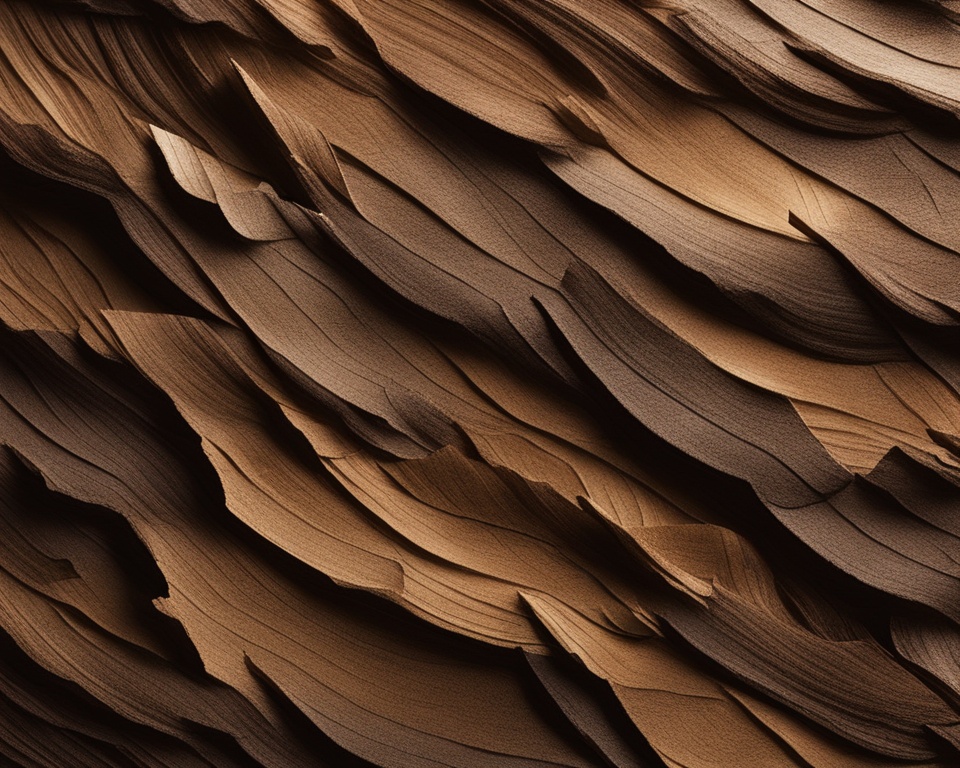
When picking materials for a wabi sabi look, go for things that feel natural and rustic. Choose items that show their making, like brush strokes or slight color and texture changes. These imperfections add character and charm to your space.
Using organic textures and handmade elements makes a space calm and inviting. It encourages you to slow down and enjoy the moment. Let the wabi sabi way of thinking guide your choices in decorating your home.
Zen Aesthetics: Creating a Serene Environment
Wabi sabi interior design draws from Zen philosophy. It makes spaces calm and peaceful. It uses simple designs, natural materials, and focuses on simplicity. This creates a calm space that encourages mindfulness and relaxation.
Designers aim to make spaces that calm the mind and heal the soul. They use materials like wood, stone, and natural fibers. These materials connect us to nature and bring a sense of peace.
Minimalist design helps make spaces feel calm and open. It removes clutter to focus on what’s important. This approach brings simplicity and peace, soothing the mind and nourishing the soul.
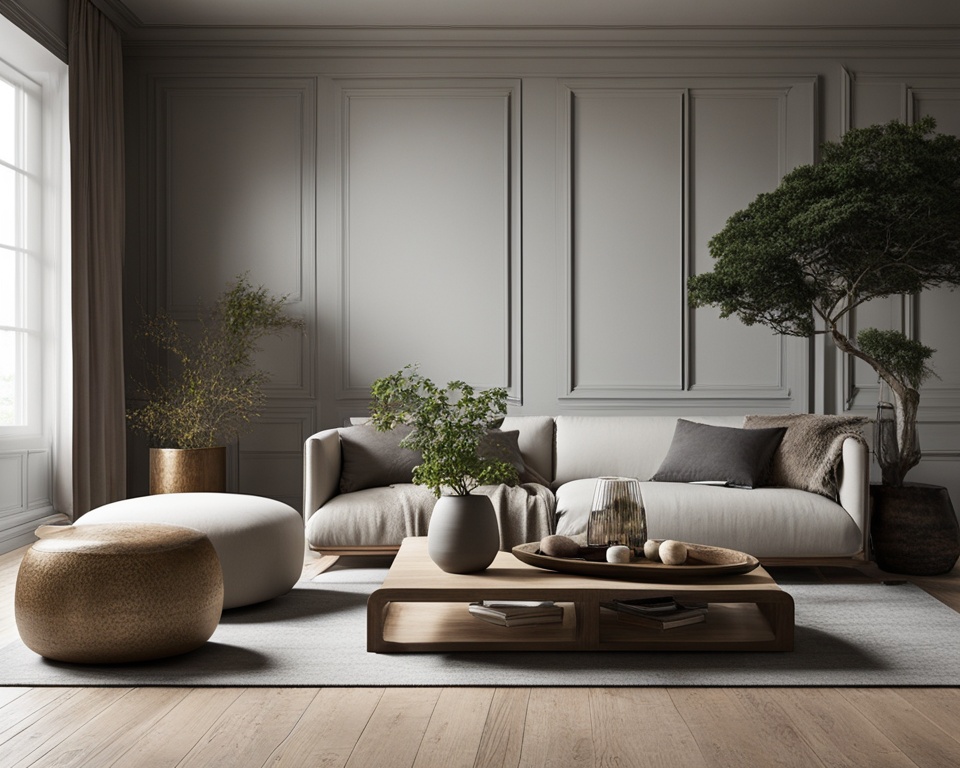
Adding organic textures and handmade items adds to the wabi sabi look. It celebrates the beauty of imperfections and the uniqueness of each material. This encourages us to slow down and enjoy the simple things in life.
Wabi sabi interior design creates peaceful spaces that promote mindfulness and a connection with nature. It leads to a serene place that heals the soul and offers a break from the busy world.
Embracing the Wabi Sabi Lifestyle
Living with wabi sabi interior is more than just decorating. It’s a way of seeing beauty in things that are imperfect and changing. By bringing wabi sabi into your home and life, you learn to value the world’s simple, imperfect beauty. This approach helps you find joy in what makes life special.
Looking into rustic decor and natural materials of wabi sabi can make you think differently about your stuff and space. It encourages a minimalist design that lets you focus on what’s really important. This creates a peaceful, zen aesthetic at home. You’ll love the organic textures and unique, handmade pieces that add real character to your space.
Embracing the wabi sabi lifestyle means valuing the imperfect, fleeting, and natural beauty around us. Letting go of the need for perfection helps you see and appreciate life’s unique qualities. This way, you can find peace, happiness, and joy in the now.
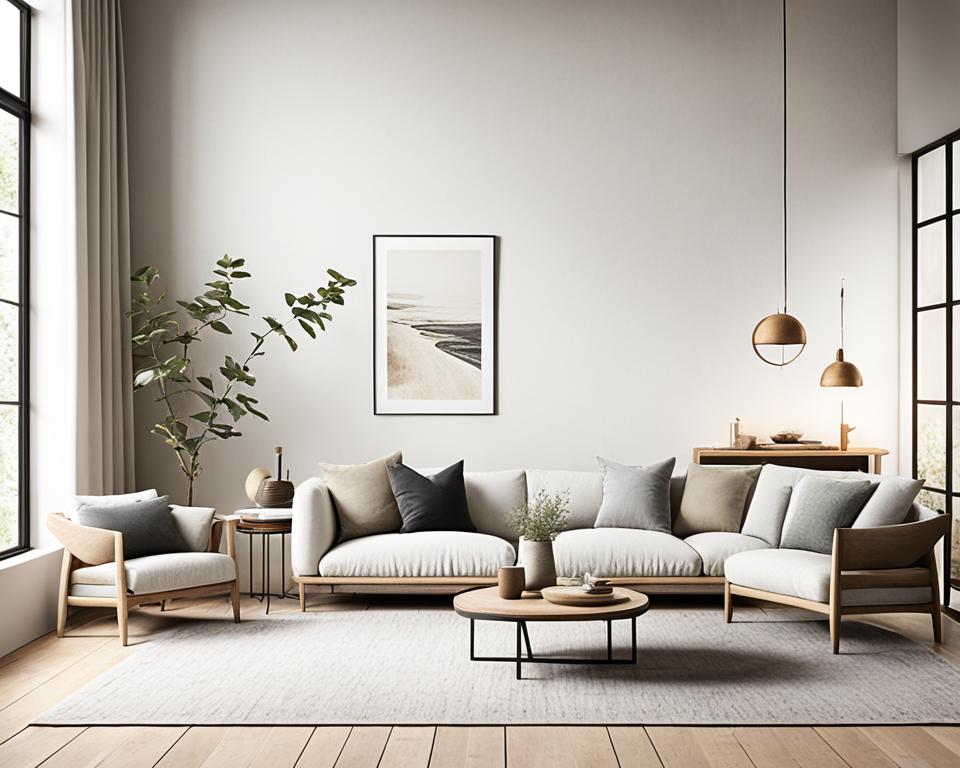
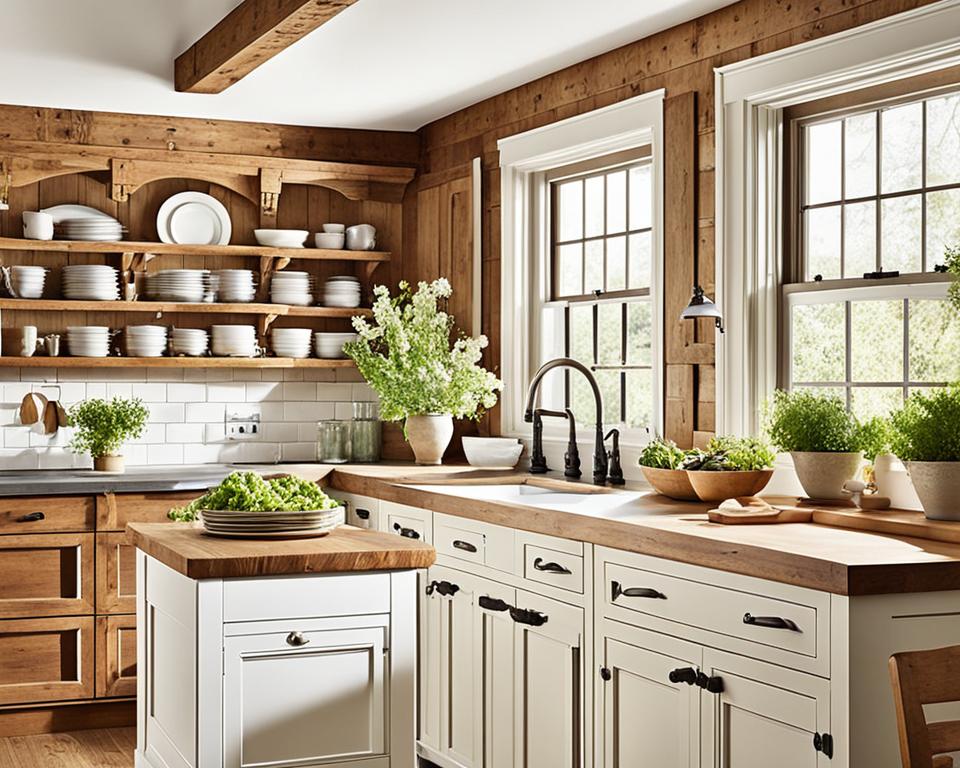
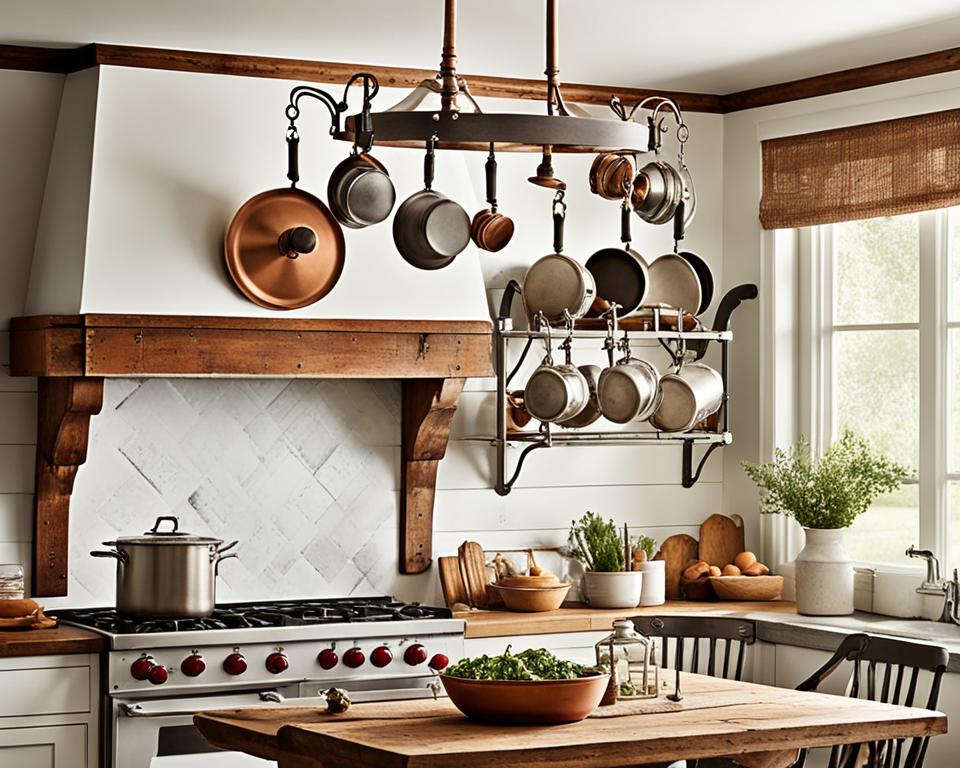
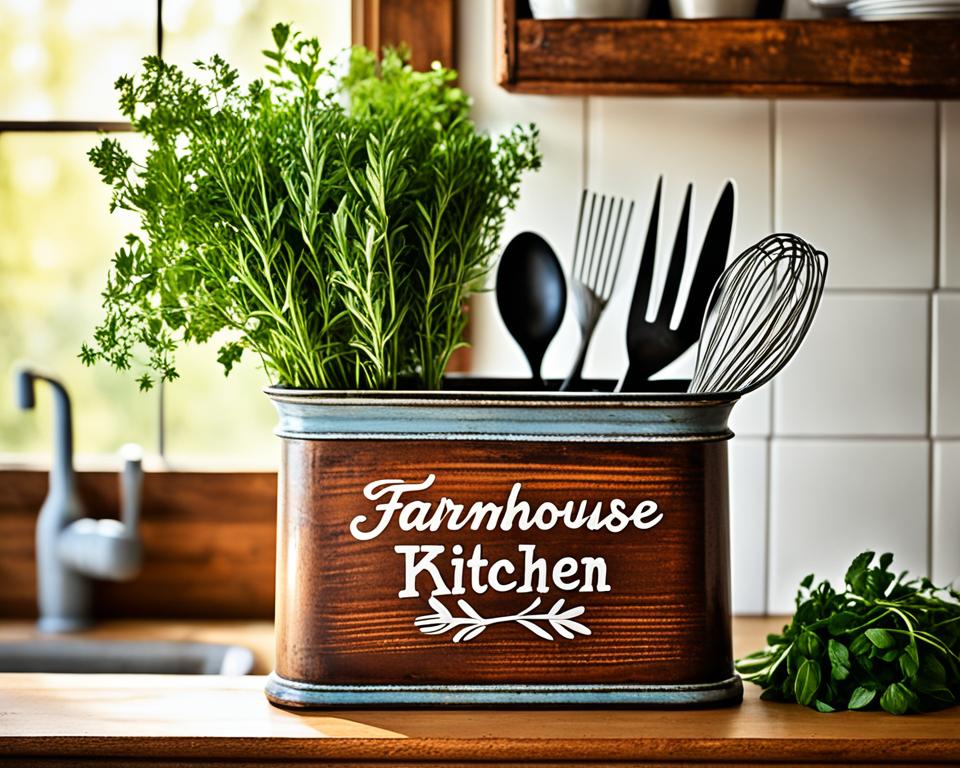


Post Comment